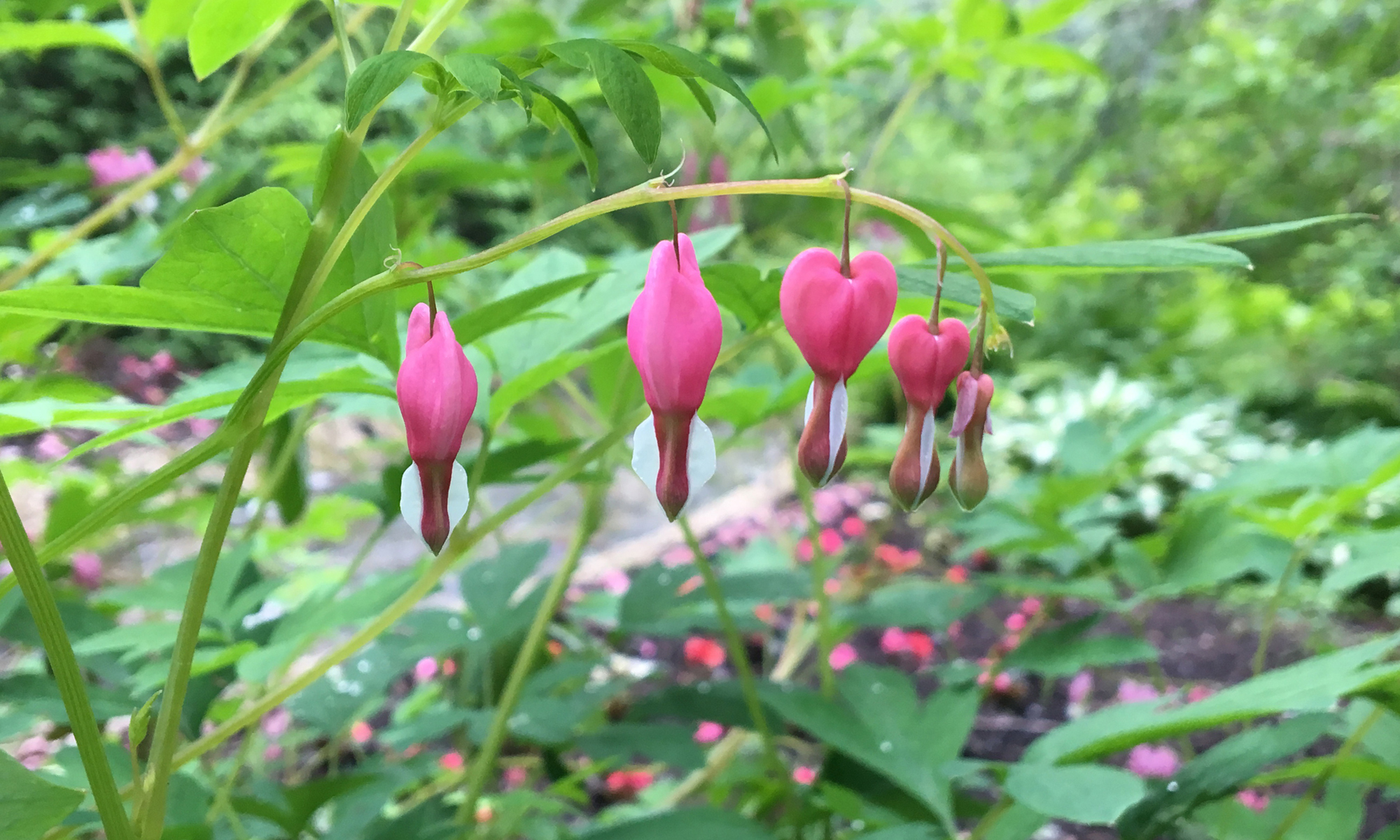Day 114:
So back in the day, before we’d gotten terraforming space right, we got it wrong a lot.
A LOT.
Humans would take an ordinary dead planet (there are thousands of those in the galaxy alone) and load it with machinery that could change the air temperature and the environment to be hospitable to oxygen-breathing life. They’d literally create all the things life needed – air and water vapor and rain and in some cases mountains and oceans using these fission/fusion creation things that some physicist came up with and, over the course of about 10 years, do what only ten billion years and a couple dozen comets could’ve done naturally.
They’d seed the planets with genetically modified organisms specifically designed to live in that host environment. Sometimes they started with microorganisms and we ended up a few dozen years of human-enhanced evolution later with sentient arachnid-like creatures and bipedal cows and really really angry corvids, all of whom are now members of the League of Planets, I might add.
Or they’d start with just a few dozen fully-developed animals and put them on the planet as “starter farms” for communities that had outgrown their current habitations.
Some of the experimental planets were government research and exploration funded, but many were self-funded communities or corporations. Some were attempts to get away from it all. Some were attempts to start over and “do humanity right this time”. And some were giant land-grabs with the intention of mining resources or producing crops or animals or the like.
Thing is, most of these early experiments were unlivable. Some went geologically unstable. Others were ravaged by a mistake in the genetics or a disease no one had anticipated. A few were even destroyed because existing life, undetected by the scouting teams, took even stronger root in better living conditions and killed the transplants.
Anyway, all this to say that I got back from my long-ass digging expedition the past few days and suddenly realized all my cows have the exact same markings.
Exact. Same.
I compared them to the wild cows out in the field and they have the exact same markings too.
Now, there’s a lot of ways that two cows can mix up some cow DNA and they will never get a perfect match for either parent. There’s even been studies on how cloning might accomplish the goals, but even when an animal is cloned there’s no guarantee that environmental stuff isn’t going to impact coloration.
So the only way I know of that every cow on this planet could look identical is if some very heavy duty genetic manipulation was taking place. It certainly doesn’t align with any of the biodiversity research or population research that we learned in school. And it’s not like these cows need the coloration to blend into their environment like, say zebras (although even zebras are all different if I remember correctly.) They’re brown cows on green fields.
I knew this planet was odd because the animals explode. I knew it had some kind of history because I keep pulling shoes out of the river when I fish. But now I think I might be living on a failed terraforming experiment.
I don’t know what that means except that I’m almost out of light for writing tonight, so I’m going to sleep on it.


